Rio Games: Eye in the Sky
Published on July 25th, 2016
Christ the Redeemer won’t be the only one overlooking Guanabara Bay during the Rio Games, as this report in Wired.com reveals…
As a sailor, Pedro Rodrigues has spent years looking for an advantage on the high seas. But during the upcoming Olympics in Rio, he’ll be flying in a helicopter, swooping low over the azure waters of Guanabara Bay looking for floating plastic bags, logs, and submerged furniture that could destroy a boat and wreck an Olympic race.
Rodrigues, a 35-year old race judge with World Sailing, will be up in the air every morning at 6 am the week before racing begins, carrying a laptop with wind, weather, and current data from Brazil’s oceanographic agencies. “I’m looking for something that can damage or stop the boat,” Rodrigues says. “Like a sofa, or something big.” When he spots something, he’ll radio its GPS positions to a fleet of “eco-barcos”— floating street sweepers built to scoop the trash from the water.
Last year, during a dry run of the Olympic sailing race, Rodrigues spotted coconuts and bits of wood. And a floating fridge. “That was a bit strange,” he says.
Preparations for next month’s Rio Olympics have been cursed in more than one way. Some Olympic athletes have pulled out because of fears of contracting the Zika virus, while researchers continue to find raw sewage and antibiotic-resistant bacteria not far from where long-distance swimmers and triathletes will compete.
Olympic sailors pride themselves as a hardy bunch, but floating furniture, fridges, and TV sets do get them on edge. During last year’s test event in Rio, sailing officials were forced to move the course out to sea to avoid floating garbage. But the winds died, so they moved the sailboats back into the harbor, says Malcolm Page, a two-time Olympic gold medal winner for Australia in the 470-class sailing event, now working for World Sailing.
The teams avoided any big crashes. “If you saw a floating Pepsi bottle, it doesn’t have much density and it wouldn’t affect a boat,” says Page. But they did get slowed down by plastic bags and seaweed. “They wrap around the foils [the rudder, keel, or centerboard], and that affects the stability,” he says.
Tangled kelp and plastic are more of a nuisance than a threat, and common in many urban harbors from San Diego to Sydney. But a collision with bigger pieces of junk like the ones the Rodrigues has seen from his chopper is different. “It hurts when you come to a stop suddenly,” says Page. “I’ve got a few chipped teeth and scars just from nose-diving into a wave.” Others have gotten broken bones and black eyes.
Still, both Page and Rodrigues say that Rio can pull off a junk-free Games, especially if it stays dry. Less rain means less junk-flushing. As a back-up plan, seven race courses will be set up each day, three more than the event schedule calls for. “We’re confident we are going to stick to schedule,” says Page.
NOT JUST RIO: At the America’s Cup World Series Portsmouth event on July 22-24, this video captures the moment Emirates Team New Zealand hit a submerged mooring buoy while rounding the bottom mark to the finish.
Here are photos of the damaged board:
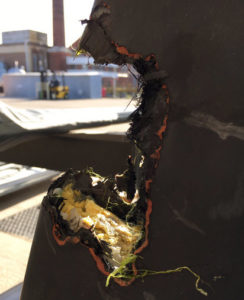




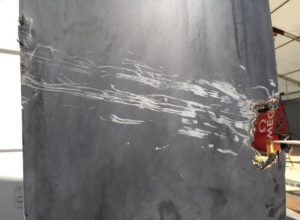

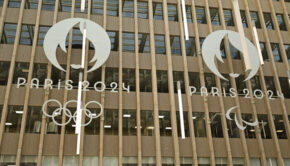

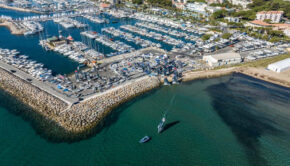
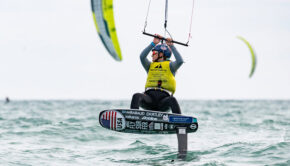
 We’ll keep your information safe.
We’ll keep your information safe.